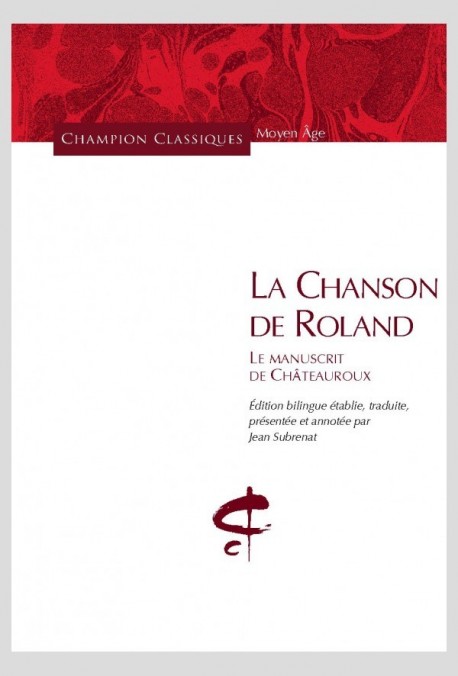
William of Malmesbury Gesta Regum Anglorum, Bk.Then the soldiers began the song of Roland so that the martial example of this man should excite them, and calling upon God’s help, they began the fight and most bitter battle, with neither side yielding until late in the day.”Tunc cantilena Rollandi inchoata, ut martium viri exemplum pugnaturos accenderet, inclamatoque Dei auxilio prelium consertum bellatumque acriter, neutris in multam diei horam cedentibus.” This suggests that it had become a part of popular culture by 1066 even if not in exactly the same form as the written versions which have survived and was commonly known by Norman soldiers and used to incite patriotic fervour and inspire courage. Their stories passed into popular culture and inspired other artistic forms.Īccording to William of Malmesbury’s later account, the Norman soldiers at Hastings began to recite the story of Roland to psyche themselves up before battle commenced and it had the desired effect. The wandering jongleurs and minstrels who recited the chansons pre-dated their more aristocratic troubadour relations but like them, composed, adapted and recalled their work for the courts of great lords and ladies. Turold may have been the original composer or a jongleur who adapted the piece or the person who finally committed it to a written form. Thus ends the poem that Turoldus declines. ‘Ci falt la geste que Turoldus declinet.” We do not know who composed the Chanson de Roland though it has been linked to a man called Turold who is mentioned in the closing lines of the poem and thought to have lived sometime between 1040-1115 AD. The Chanson is the best known example of the ‘chansons de geste’, or songs of deeds which were popular forms of entertainment, propaganda and artistic expression through song or recitation during the C11th – C15th in what is now called France and reached their peak between 1150-1250 AD. For courage mixed with prudence is not foolish,.Like the Iliad, the Chanson de Roland explores where fate will lead good men and like the Iliad, it is not Achilles but Hector in the shape of Roland’s wise friend Olivier who advises caution and is taken down with the rest in violence and betrayal. What Roland characterises in terms of his courage he balances with his lack of foresight.


The main themes concern loyalty, service and betrayal, courage and friendship and the importance of renown.

This painting depicts the main events in the Chanson de Roland, an epic lyric poem about the courage and calamity of the central hero, Roland, and his relationships with his feudal overlord, Charlemagne, his peers and the wars to re-conquer the Iberian peninsula from Moorish occupation during the C8th around 4000 lines long.


 0 kommentar(er)
0 kommentar(er)
